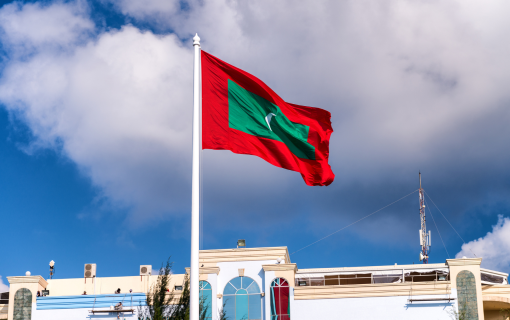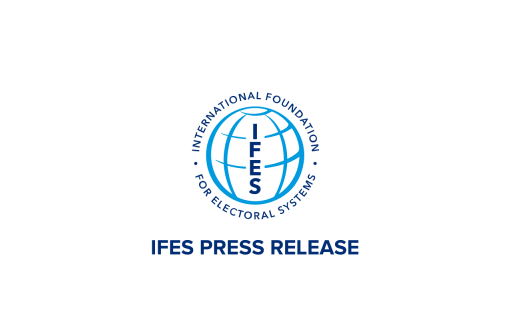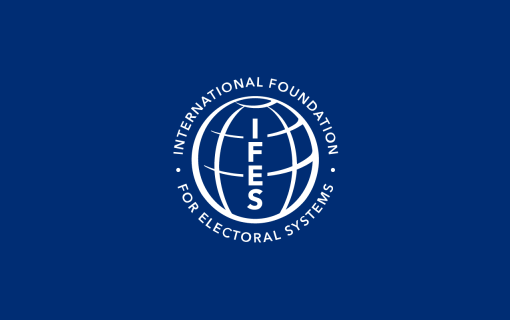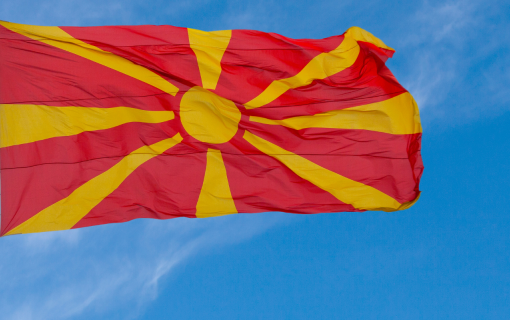
Elections in Nepal: 2017 House of Representatives and State Assembly Elections
On November 26 and December 7, 2017, Nepal will hold its first national and state-level legislature elections since the promulgation of its new constitution on September 20, 2015. These elections will install legislative assemblies for each of the seven states and the lower house of the Federal Parliament, the House of Representatives.
Nepal’s election timeline has been delayed by political disagreements about the demarcation of local, state and federal boundaries and the devolution of power to the provinces. Despite these controversies, local elections were successfully conducted in three phases in May, June and September of 2017.
With pressure mounting to meet the constitutional deadline, the government announced on August 21, 2017 that both national and state elections would be held simultaneously across the country. Following concerns from the Election Commission of Nepal on the logistical and climatic challenges of managing these elections simultaneously across the country, the government decided to hold these elections in two phases.
To help you understand this important electoral process, the International Foundation for Electoral Systems (IFES) provides Frequently Asked Questions (FAQs) on Elections in Nepal: 2017 House of Representatives and State Assembly Elections. IFES FAQs include:
- What is the political climate and why are these elections important?
- How were electoral boundaries delineated?
- What is the election management body? What are its powers?
- Who will observe during Election Day? How can they get accreditation?









